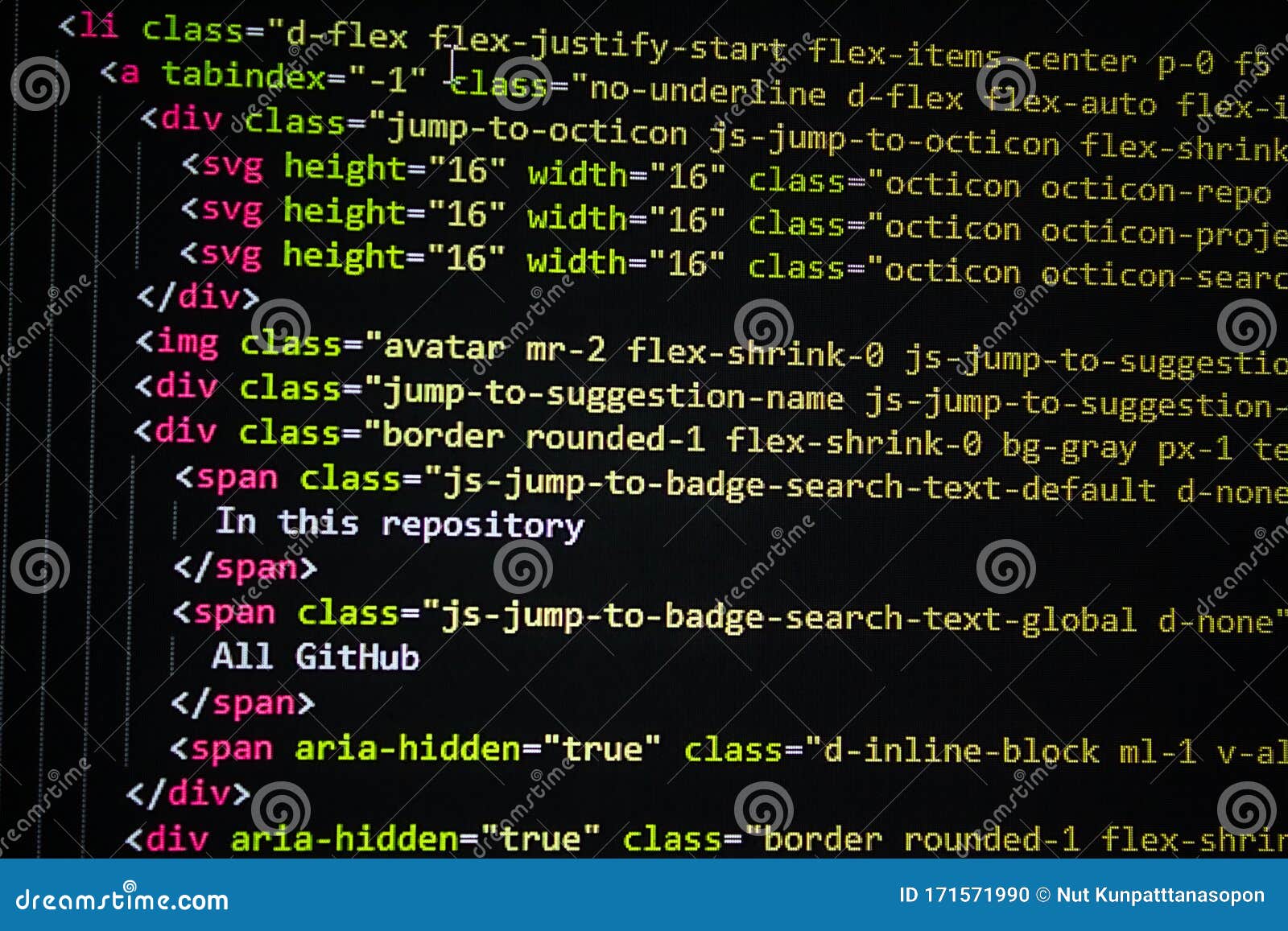
Figure 4 presents a generated source code. Once a diagram is completed, it is possible to generate the application source code and run it. The application code also depends on a code template that defines how the code snippets will be merged into the final application. Every single block and connection defines code fragments and add code Snippets of the application final code. In contrast with other visual programming languages, like Pure Data or Max/MSP, Mosaicode is not an interpreted environment but a code generator. A Collection of Blocks and Connections creates a Diagram, as presented in Figure 3. A block port has a defined type and a connection can be done using ports of the same type. The information exchange by different blocks is made creating a connection between two or more ports. This capability to exchange information is represented by the blocks input/output ports. Blocks also have dynamic properties whose values can be set up by other blocks. Blocks have static proper- ties, used to set up their functionality, presented in Figure 2. A block is the minimal source code part and brings the abstraction of a functionality of our desired domain.

Blocks are organized into groups in our environment GUI, presented on Figure 1. The visual programming environment uses the Block metaphor to create computer programs.


Initially developed as a Computer Vision Programming Environment to generate C code to OpenCV library, Mosaicode has been expanded to other programming languages and domains such as Python and Image Processing. (SCHIAVONI GONÇALVES, 2017a) is a Graphical programming envi- ronment to create Visual Programming Languages, normally based on a specific domain, like a DSL.


 0 kommentar(er)
0 kommentar(er)
